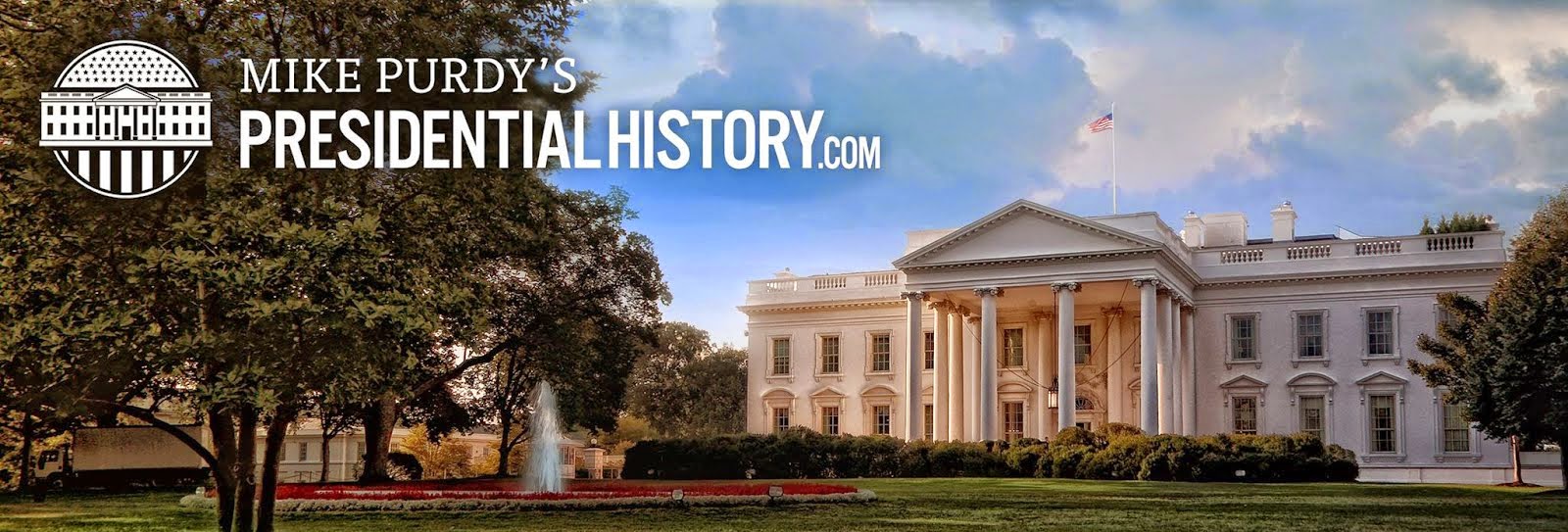Most public agencies require some form of bond from contractors on
public works construction projects. The bonding company (or surety)
issuing the bond stands behind the contractor to guarantee that the
contractor will:
- Perform the work in accordance with the contract documents, and
- Pay their subcontractors, suppliers, and workers
Separate and combined bonds both available: Sometimes
performance and payment bonds for public works construction projects
come in the form of one bond, and sometimes they are obtained as two
separate bonds.
Separate bonds protect agency more: Separate performance and
payment bonds, each for 100% of the contract amount, protect the public
agency more, without additional cost to the contractor (or agency).
Which bond is more important? To understand why separate bonds
protect a public agency more than a combined bond, we must first
understand the purpose of the performance and payment protections.
- Public agencies care more about the protections of the performance
bond. In other words, the public agency wants to ensure that a surety
is backing the contractor and guaranteeing the successful completion of
the project.
- A payment bond, on the other hand, is for the protection of others: subcontractors, suppliers, and workers.
What's the problem with a combined bond? While a combined
performance and payment bond may seem to be more efficient (one bond
instead of two), it is not as effective in protecting public agencies.
In other words, for every claim filed (and paid) against the payment
protections of a combined bond, there is correspondingly less money
available under the bond to protect the public agency and ensure that
the contractor successfully performs the work. On a project with
multiple payment claims, it may be an indicator that there will be
performance problems as well.
Why two bonds are better than one: A public agency's strongest
position is to have performance protections from a surety for 100% of
the contract amount that does not get reduced by payment claims against a
combined bond. Sureties do not charge contractors more to obtain
separate performance and payment bonds, and the separate bonds ensure
that the public is better protected.
Separate bonds on FHWA funded projects:
Washington
State's Department of Transportation (WSDOT), through their Highways and
Local Programs Department, recently approved the use of separate
payment and performance bonds for local agencies on FHWA funded
projects. APWA's Division 1 Committee has developed separate sample
bond forms that may be used on FHWA funded projects, or projects with
other funding. The separate bond forms are available on the APWA
Division 1 Committee's website (
http://www.apwa-wa.org/committee.aspx?id=5).
Note: This blog posting is a repeat of one from
October 2, 2012.
Mike Purdy's Public Contracting Blog
© 2012-2013 by Michael E. Purdy Associates, LLC
http://PublicContracting.blogspot.com






